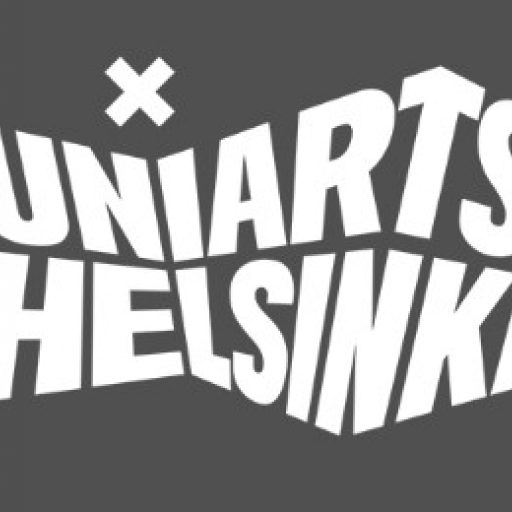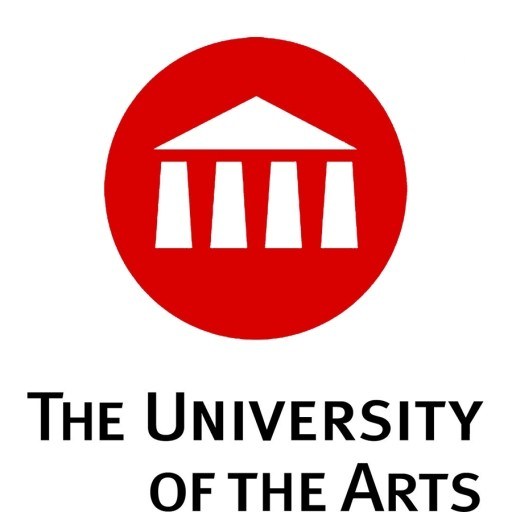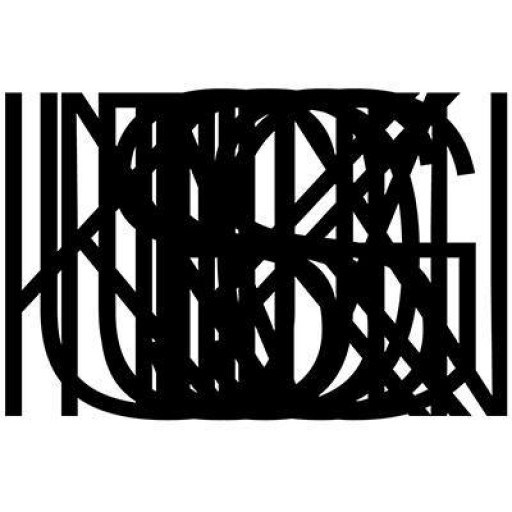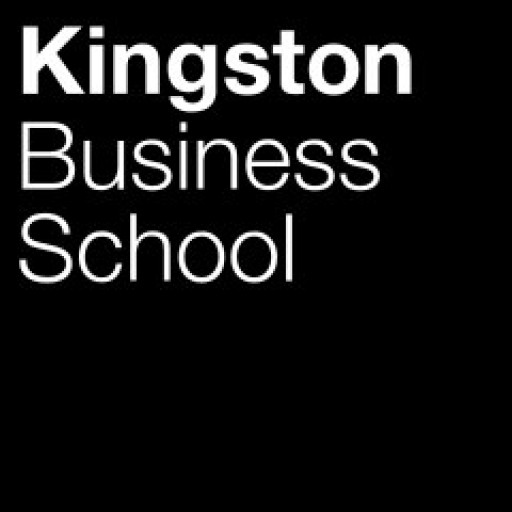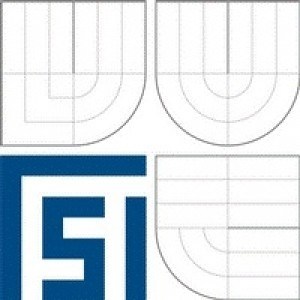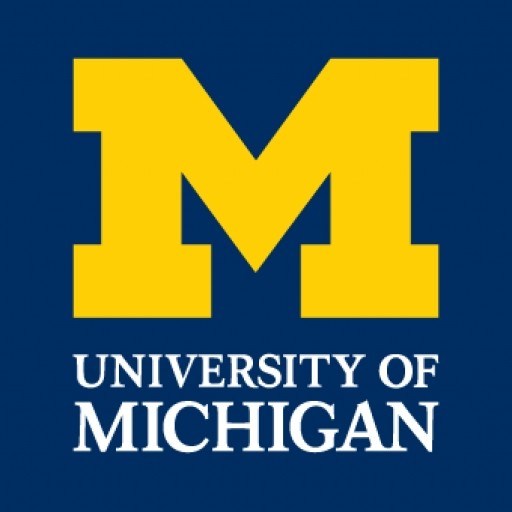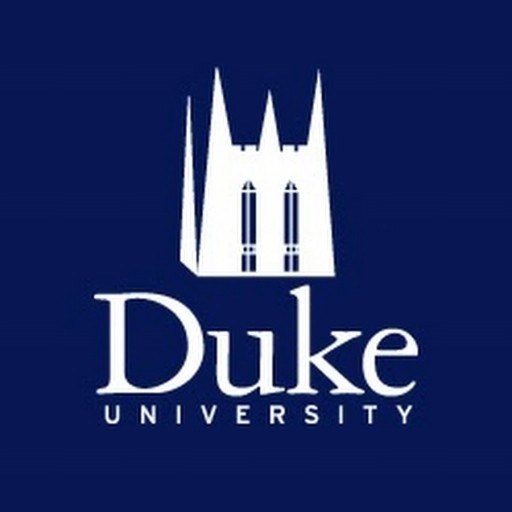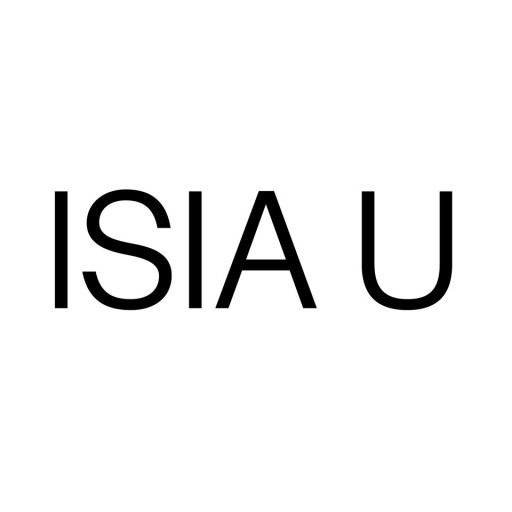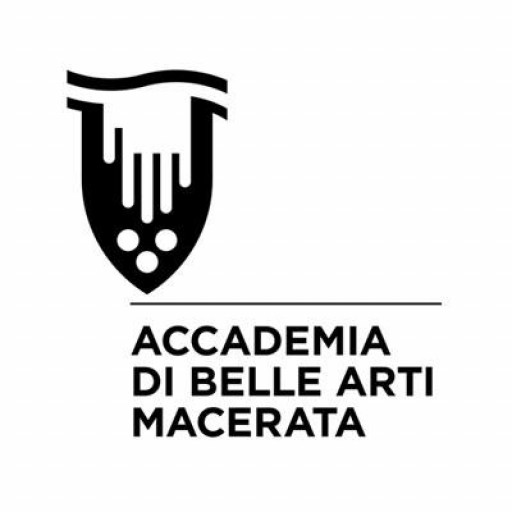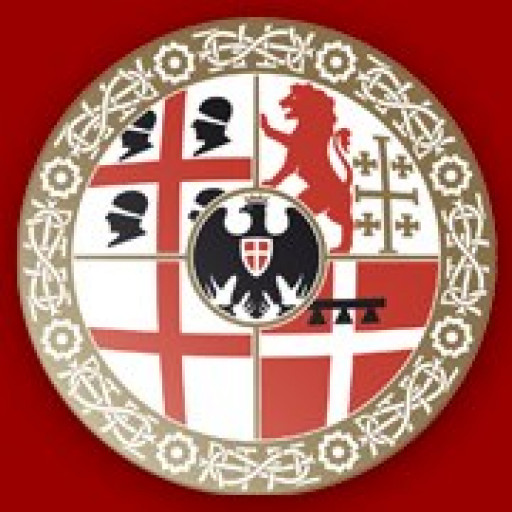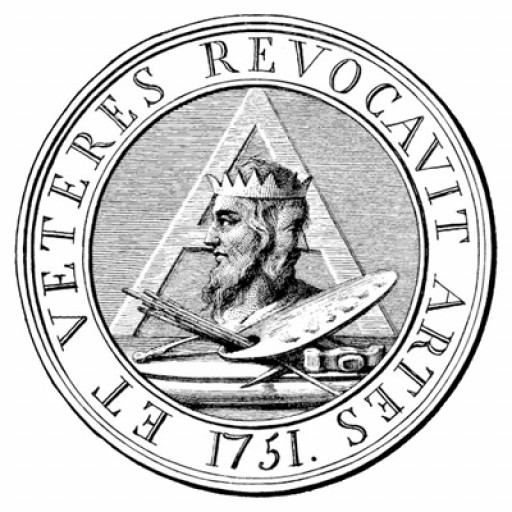Photos of university / #uniartshelsinki
The degree programme in fine arts encourages you to find your strengths and your individual means of expression and interests within art. It provides the opportunity for you to develop the core competencies and skills of an artist: to work independently, understanding your manifold role in the context of contemporary art and society.
In the 5.5 years of study, you will first complete a bachelor's degree and then a master’s degree. First-year students begin their studies with a course called An introduction to independent artistic work and the subject areas, after which they choose their subject area. The Academy offers teaching in four subject areas: sculpture, painting, printmaking and time and space arts. The Time and Space Arts subject area has three specialisations: moving image, photography, or site and situation specific art.
Artistic work and related theory comprise the core of the studies. In addition to coursework in fine arts, students complete courses in exhibition studies, art history, art theory, philosophy, and languages. The degree programme in fine arts offers several courses in English. Approximately 15% of students come from outside Finland, some of them for degree studies and some for exchange studies.
Students are encouraged to take courses from specialisations other than their own, within the limits of their study plan, and to engage in versatile artistic work using different media.
The subject areas in Degree Programme in Fine Arts are sculpture, painting, printmaking, and time and space arts. The time and space arts subject area has three specialisations: Moving Image, Photography, or Site and Situation Specific Art.
- Sculpture
The subject area in sculpture examines the use of three-dimensional space in artistic work. Studies are founded on hands-on work and keeping the traditions of sculpture alive. The focus is also on the command of various approaches in contemporary sculpture, an in-depth understanding of the techniques available and utilising these in the student’s own artistic work.
The instruction in the sculpture subject area contains, in addition to installations and works of art located in galleries or museums, the exploration of time, space and situation specific processes. Furthermore, the subject area emphasizes understanding of public space and works placed in public spaces. The main emphasis of the studies is in the independent artistic work of the student, advised through discussions, critique sessions and seminar work. The objectives of independent artistic work are to support the expression and concepts of the student and the development of creative problem solving abilities.
Thematic lectures in sculpture as well as artist-led projects and workshops organised both in Finland and abroad contribute to the studies on the basics of artistic tools and methods, intended for all students, introducing the materials, techniques and working methods in sculpture.
- Painting
The contents of the workshops, studio visits and study trips reflect the perspectives of the teaching staff as well as the fields of art of their expertise. In other words, no 'philosopher's stone' can be offered on the contents of contemporary painting; instead, they reflect the artists’ cultured and varied insights. A common denominator can be found in the background of the individual themes in the form of the general features of contemporary art, such as its site-specificity and interpretation of the works of art in the framework of society and the theories from different scientific disciplines. Painting, furthermore, has a much longer history than, for example, moving image, and this is visible in the instruction in the great number of points of comparison brought up in the history of art.
Tuition in the study programme has constant connections, in other words, to other fields and disciplines in the arts, as does contemporary painting. The instruction aims at extending the students’ views on what painting could be, what it might mean and all the ways in which it is connected to all those things that are not painting.
Instruction in painting is not, for the main part, theoretical: the primary focus is on seminars, where student works are discussed in small groups every week, and the importance of independent artistic work is considered the to be the first and foremost priority, including studio work and teachers – renowned artists – visiting the studios. In addition, instruction in the study module of Material Studies is renowned for its high quality.
The instruction in the printmaking subject area explores the methods of print media, printmaking, in relation to its tradition, reinterpretations and its significance as a part of contemporary art.
- Printmaking
The processes of artistic activities are approached as an attitude and outlook that take into consideration the duality of the art of print-making. The printing block and the imprint cre-ated are both present in the process. Tradition-ally, the imprint has referred to a paper print, but in contemporary printmaking it can refer to various other forms. The duality of the approach also results in new practices of contemporary art in the exhibition of printmaking, such as installations, animations and experimental film.
A major part of the studies is made up of the student’s own individual artistic work, with the interaction between the student and teachers and personal discussions as essential features. The objective is to develop the student’s own vision in such a manner that the expression is in control of the method, not vice versa.
The purpose of the subject area of Printmaking is to provide the student with comprehensive skills and knowledge of the expressive possibilities, various methods and material basics of printmaking. Students are challenged to seek their own artistic solutions and expressions. Exhibition visits, lectures and artist introductions, meetings with critics and studio visits are all part of the instruction.
- Time and Space Arts
The instruction in the subject area of time and space arts focuses on the spatial, conceptual and bodily dimensions of artistic activities. The starting point is that art is, by nature, processes and events. The time and space arts have a tendency to reach outwards and they contain the element of constant exploration and experiments. The artistic work has strong connections to media and visual culture and to the extending field of the fine arts, in which the artist’s role can take many forms.
The student can place emphasis on one of the three specialisations of the subject area: moving image, photography, or site and situation specific art. The objective of this subject area is to provide the students with a thorough understanding of these fields of art as well as provide insight to the manners in which they are interconnected and linked to the general history and theory of art. Instruction in the Time and Space Arts is composed of courses, workshops, seminars and independent artistic work supported and monitored during individual contact sessions of instruction. In addition to the permanent teaching staff, instruction is given by a num-ber of visiting artists.
Students are encouraged to find their own approach and to experiment with new methods of epression as well as to explore the possibilities that time, space and installations offer. The work can also have performative, inclusive and social elements. The final work of art can take the form of an intervention, installation, performance or a video, photography or audio work, among other possibilities. The objective of the work is to render the sensitivity of observation and develop critical thinking. Through practice and theory, students are encouraged to find their own strengths, methods and contents of their artistic work. This is a way to promote the students’ artistic work and thinking.
Application period to two year Master's studies begins on 8 August 2018 and ends on 22 August 2018 at 3 pm Finnish time. In 2018 new MFA students are admitted to both; the degree programme in Fine Arts and Praxis Master's programme in Exhibition Studies.
The Academy of Fine Arts does not have separate requirements for international applicants; all applicants follow the same guidelines which can be found in the admission guide.
The Academy of Fine Arts checks each applicants’ eligibility to apply after the application period has ended. Adequate language proficiency affects the eligibility to apply. All applicants receive an email on their eligibility on week 11. Only applicants found eligible to apply are requested to submit work samples to the Academy of Fine Arts. Applicant who is not satisfied with the decisions made in the student selections can request for a written rectification from the Academy of Fine Arts’ Dean. A written request for rectification should be submitted to the Admission Services (kuva.admissions@uniarts.fi) within 14 days of the publication of the decision.
How to prove your english proficiency
- TOEFL (IBT = Internet Based Test, PBT = Paper Based Test) ≈ Total score: 73 (IBT), 533 (PBT)
- IELTS (Academic) ≈ Overall Band Score: 5.5
- Cambridge FCE/CAE/CPE (FCE=First Certificate in English, CAE = Certificate of Advanced English, CPE = Certificate of Proficiency in English) ≈ Grades accepted: A, B, C
- Pearson Test of English (Academic) ≈ Total Score: 43 IELTS, TOEFL and PTE test results are valid for two years from the test date. Cambridge results are valid indefinitely. Test results are to be valid when the applicant submits them to the Academy of Fine Arts.
The admission procedure for the 5,5 year programme is divided into two phases. In the first phase the admission jury chooses the applicants to be invited to the admission course, based on the work samples and the applications and their appendices submitted by the applicants. In the second phase, after the admission course, the admission jury selects the applicants proposed to be selected, based on the work samples and the work demonstrated by the student at the admission course.
The application period begins on 9 January 2018 and ends on 24 January 2018 at 3 pm Finnish time. During the application period, fill in an electronic application form at www.studyinfo.fi and print out a paper copy of your electronic application form. An application is to include the following components:
- A paper copy of the electronic application. And the following appendices
- A short motivational letter, in which you describe why you wish to study at the Academy of Fine Arts and what you expect from the studies. NB. applicants are to write the letter in the language which proficiency they have demonstrated.
- Copy of the documents demonstrating the applicant’s language proficiency (Please see the chapter Language requirements in education leading to Bachelor and Master of Fine Arts degree). Applications and appendices are to be at the Academy of Fine Arts no later than 3.00 pm Finnish time on 24 January 2018. A postal stamp of that date will not suffice.
Want to improve your English level for admission?
Prepare for the program requirements with English Online by the British Council.
- ✔️ Flexible study schedule
- ✔️ Experienced teachers
- ✔️ Certificate upon completion
📘 Recommended for students with an IELTS level of 6.0 or below.
From 1st August 2017 onwards, the University of the Arts Helsinki will charge tuition fees from non-EU and EEA students studying for a degree in a foreign language, at the Academy of Fine Arts this means studies conducted in English. The amount of the annual tuition fee will be 5,000 euros. The fee is the same for Bachelor’s and Master’s students. The University of the Arts Helsinki will introduce a scholarship programme in the form of tuition fee waivers, which aims to promote student recruitment and provide financial support for students who need it.
